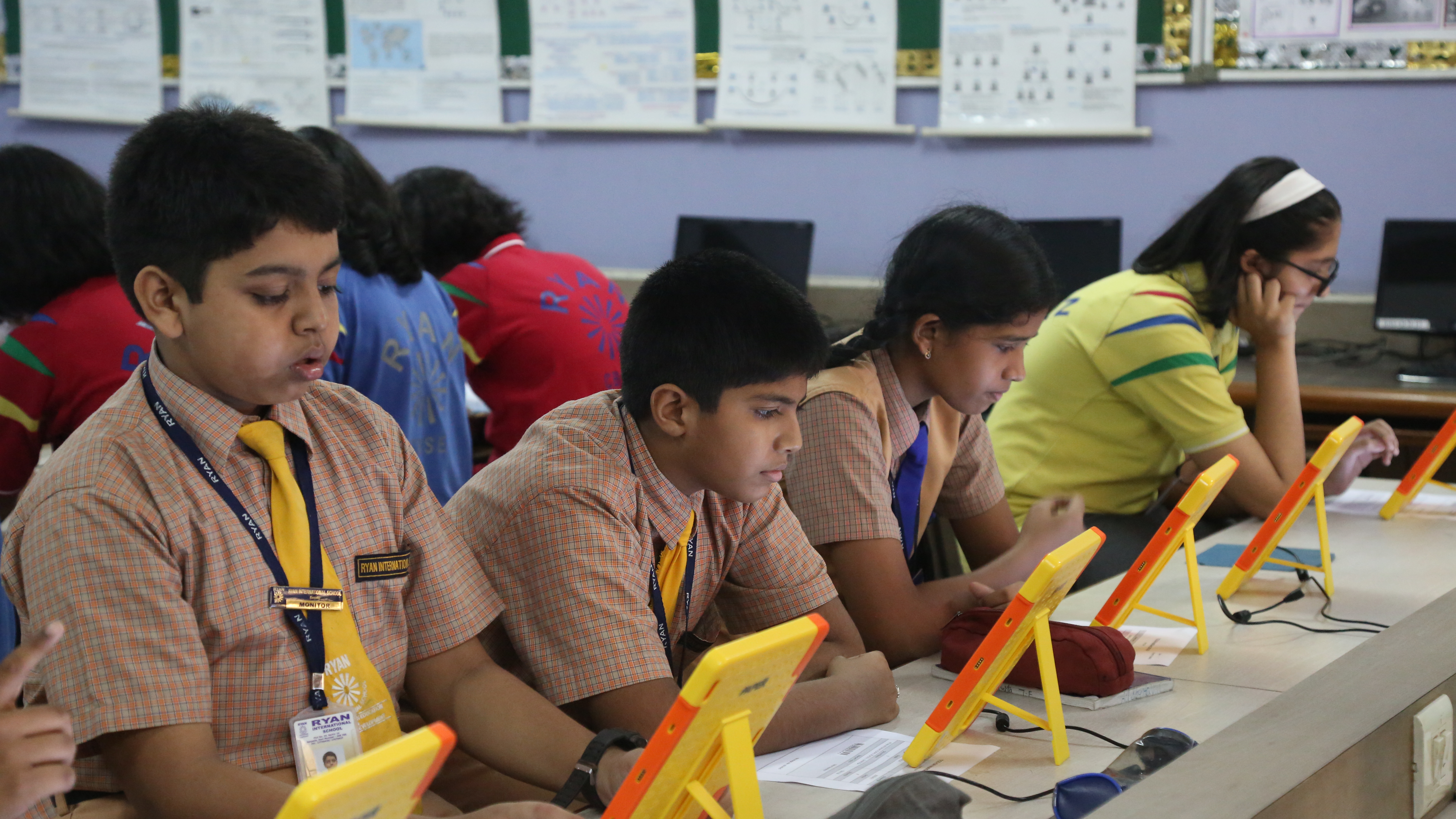Examinations can be nerve-wracking. Be it a school student appearing for the final examination, a teenager trying to crack competitive exams or a jobseeker taking a recruitment exam, the pressure to perform can unravel the best of them. Competition is stiff and candidates are, more often than not, battling pressure from parents, teachers and peers.
With so much riding on examinations, there is a critical need to ensure fairness and transparency. However, malpractices such as question paper leakage, impersonation of candidates and cheating with the help of advanced electronic devices among others, have always been a bane to the country’s examination system.
Such malpractices do not just mar the credibility of examinations but also make for a sour examination experience for both candidates and the exam-conducting boards.
Technology and digitisation, if leveraged right, can play a pivotal role in curbing examination malpractices and ensuring secure and transparent exams. Here are a few ways in which digitisation can help curb malpractices.
1) Question papers are set by machine with intelligent algorithms
A large bank of questions is created by a group of experts, and then the question paper is curated by a software algorithm that selects appropriate questions based on a Question Paper (QP) blueprint. No single individual has access to all the questions. Thus, the chances of question paper leaks are eliminated. In case of multiple choice-based exams, answers are marked by machine on the basis of pre-defined answer keys thus eliminating chances of human errors.
2) The question paper is encrypted and stored on secure servers
To ensure utmost security and seamless distribution, the question paper is digitally encrypted and stored in the memory of highly secure, standalone servers. It is decrypted only at the time of the first click by the candidate. This makes the question paper fully secured and gives a complete trace of access.
3) No two question papers are the same
Computer-based testing enables authoring of multiple question papers with the same format and level of difficulty. The selection of questions is randomized enabling a unique question paper for each candidate. Since the order of questions and the multiple-choice options is randomly shuffled for each candidate, copying answers across students sitting next to each other is impossible.
4) Constant tracking of candidate console for remote access
The candidate console (computer) constantly sniffs for RF and Bluetooth signals around. Any candidate attempting to use a phone or a Bluetooth device to get answers to the questions from external sources is identified, and the attempt is blocked.
The consoles are equipped with controlled access feature, which makes sure that no remote virtual network is able to infiltrate the system.
5) Real-time monitoring with centralised Command Centre
A centralized command centre makes it possible for exam bodies to access real-time feed of candidates. More than 200 parameters related to candidate, systems and administrators are constantly monitored to ensure a completely fair exam experience. Not only is each candidate monitored, but individual systems are constantly scanned to detect malpractice attempts.
These monitoring systems leverage Artificial Intelligence and Machine Learning algorithms to even detect patterns in candidates’ movements or answer selection, that might imply cheating. And if such patterns are detected, alarms are automatically triggered to enable corrective measures.
Author – Venguswamy Ramaswamy,Global Head, TCS iON





